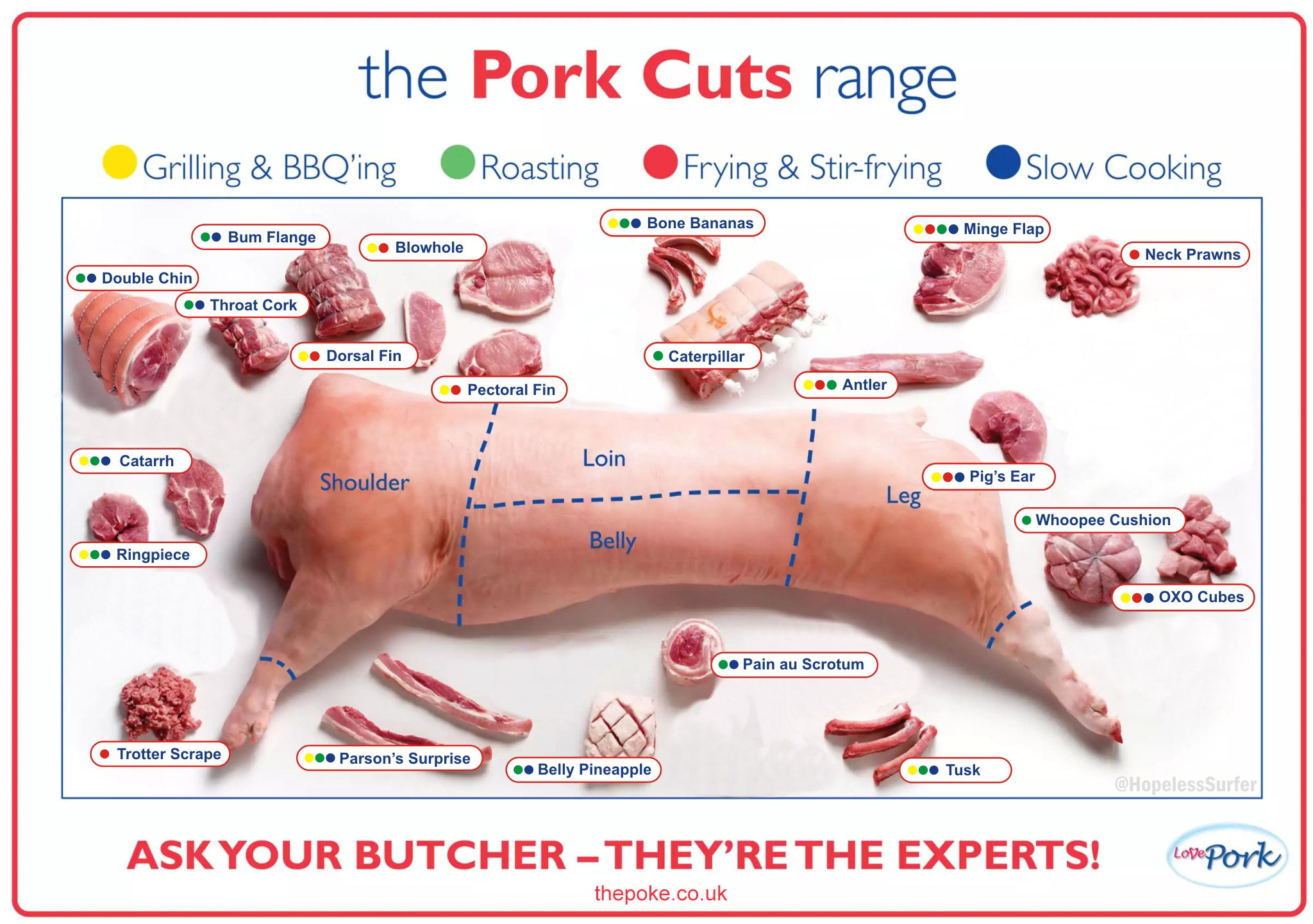For homemade sausage lovers, one of the most important questions is what cut of pork to use The right cut provides the ideal balance of fat to lean meat for juicy, flavorful sausage After testing all the options, boneless pork butt emerges as the clear winner.
Keep reading to learn why this cut makes the best sausage and how to choose the right boneless butt for your recipe,
Why Pork Butt Shines for Sausage Making
Also known as Boston butt or pork shoulder, pork butt contains the perfect ratio of 20-30% fat to meat. This gives homemade sausage the right balance of richness and pork flavor. The marbled fat bastes the sausage from within as it cooks, keeping it incredibly moist and juicy.
Other major benefits of pork butt for sausage include
- Affordable price compared to other cuts
- Readily available at most grocery stores
- Mild, slightly sweet pork flavor
- Tender texture that grinds easily
The fat content and mild flavor allow the seasonings and spices to shine through. Pork butt also has enough firmness to grind and stuff properly. Simply put, no other cut can match pork butt’s ideal qualities for sausage making.
Selecting the Best Pork Butt for Sausage
To end up with the tastiest sausage, choose your pork butt carefully:
-
Boneless – Easier to grind and stuff than bone-in
-
Well marbled – Fat streaks throughout equals more moisture
-
4-6 lbs – Allows bulk sausage making in one batch
-
Uniform shape – Prevents thinner parts from over-grinding
-
Firm – Should have slight resistance when pressed
-
Bright red – Indicates freshness without browning
Examine the cut for any gaps, tears or odd textures before purchasing. Then you’re ready to transform it into flavorful sausage!
Grinding and Seasoning Pork Butt for Sausage
After selecting an ideal pork butt, proper grinding and seasoning are key:
-
Partially freeze – Firms up meat for cleaner grinding
-
Use a meat grinder – Even texture not achievable by hand
-
Keep cold – Prevents smearing from fat melting
-
Don’t overmix – Maintains desired texture
-
Add seasonings – Mix in spices, herbs, garlic, etc.
-
Do a test patty – Adjust seasonings as needed
-
Stuff mixture – Into hog casings if making links
With the right techniques, you’ll end up with perfect sausage every time.
Delicious Sausage Recipes with Pork Butt
From classics like breakfast sausage to creative fusion flavors, pork butt can be transformed into endless tasty sausage recipes:
-
Maple breakfast sausage – With sage, maple syrup and cayenne
-
Bratwurst – Flavored with onions, garlic, caraway
-
Chorizo – Seasoned with smoked paprika and chili powder
-
Italian – Fennel, oregano, red winemake it distinctly Italian
-
Kielbasa – Garlic, marjoram and coriander seeds for Eastern European flavor
-
Cajun andouille – Onion, peppers, nutmeg and cayenne bring the heat
Let your imagination run wild playing with global spice blends and ingredients. Pork butt can handle it all!
Making Sausage with Other Cuts of Pork
While pork butt is ideal, other cuts of pork can also be used to make sausage:
Pork loin – Very lean so needs added fat, but cheaper than butt
Pork belly – Needs lean meat added to reduce high fat ratio
Pork tenderloin – Use trimmings and add fat back for moisture
Fresh ham – From the rear leg, add bold flavor but requires more fat
No matter what cut you use, remember to achieve a 20% fat content for juicy sausage. Supplement with added pork fat if needed.
Tips for Perfect Homemade Sausage
Follow these tips for the highest quality homemade sausage:
-
Use fresh, high quality pork
-
Keep meat and equipment cold
-
Don’t overwork the meat when mixing
-
Test cook a patty before stuffing
-
Calibrate grinders and stuffers properly
-
Work fast to avoid smearing or spoilage
-
Use natural hog casings for better mouthfeel
-
Portion and wrap sausage properly for storage
With care and the right techniques, you can create restaurant-quality sausage!
Common Questions about Pork Butt for Sausage
-
Can I use other meats like chicken or turkey? Yes, but the fat ratio may need adjusting.
-
Do I have to grind the pork myself? No, but ask for a coarse grind from your butcher.
-
Should I use different grind sizes? Coarser grinds are better for texture.
-
What’s the shelf life? Fresh sausage keeps 1-2 days in the fridge or 2-3 months frozen.
-
Is cured sausage safe to eat without cooking? No, always cook fresh and cured sausage to 165°F.
Say Hello to Spectacular Homemade Sausage
For outstanding sausage, be sure to start with boneless pork butt. With the right techniques, you can create an incredible variety of sausage recipes to enjoy. The sausage possibilities are endless when you use flavorful, fat-rich pork butt.

